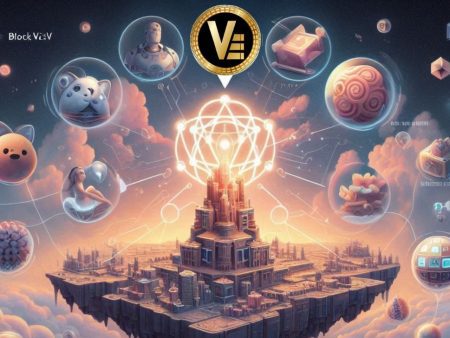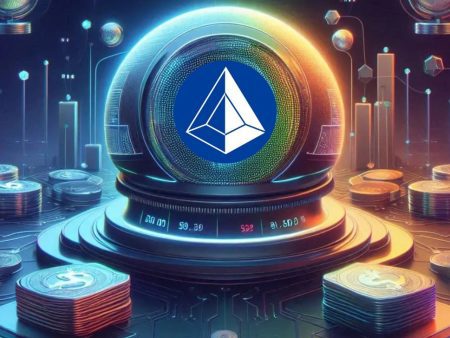The Graph is a decentralized protocol that enables fast, secure access to blockchain data — the backbone of many Web3 applications. It powers dApps by indexing data from networks like Ethereum, helping developers build with efficiency and transparency.
In this article of TopCoin9, you’ll learn what it is, how it works, why it matters in Web3, its ecosystem, GRT token details, and how to buy, store or evaluate it as an investment.
What Is The Graph (GRT)?
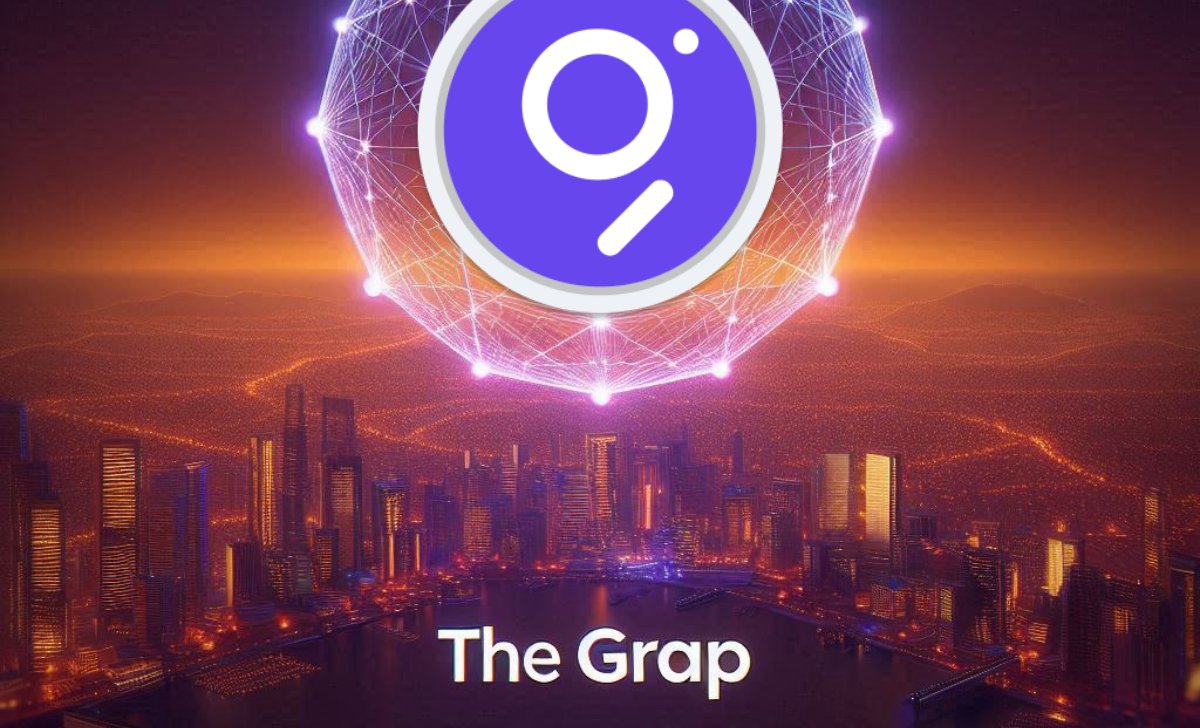
The Graph (GRT) is an open-source, decentralized protocol designed to index and query data from blockchains. Much like how Google indexes the web, The Graph indexes blockchain data, making it easily searchable using GraphQL queries. It eliminates the need for centralized servers or third-party APIs to access on-chain information, enabling faster and more secure access to blockchain data.
Launched in 2018 by Yaniv Tal, Brandon Ramirez, and Jannis Pohlmann, The Graph has become a foundational tool in Web3 development. The protocol’s native token, GRT is used to coordinate incentives across its ecosystem — rewarding participants for indexing, curating, and delegating.
According to Wikipedia (2024), The Graph initially supported Ethereum but has since expanded to include multiple networks like Polygon, Arbitrum, and Optimism, with more planned in the future.
Now that we know what The Graph is, let’s explore how it actually works under the hood in the next section!
How The Graph Works
The Graph operates using a series of components: Subgraphs, Indexers, Curators, Delegators, and Consumers.
- Subgraphs are open APIs that define how data is extracted from blockchain smart contracts. Developers create subgraphs to make their data accessible.
- Indexers are node operators that process and store data from subgraphs. They earn GRT tokens for serving data queries efficiently.
- Curators signal which subgraphs are of high quality by staking GRT tokens, guiding Indexers toward useful data.
- Delegators contribute to the network by delegating GRT to Indexers without running nodes themselves.
- Consumers (usually dApps) query the data through GraphQL APIs.
One notable advantage is that The Graph leverages GraphQL, a powerful query language developed by Facebook, enabling fast and precise data fetching.
As of Messar (2023), over 3,000 subgraphs have been deployed across major DeFi protocols like Uniswap, AAVE, and Synthetix, showing real-world usage at scale.
Now that we understand mechanics, let’s look at why this protocol is so vital to the Web3 ecosystem in the next part!
Why The Graph Is Important in Web3
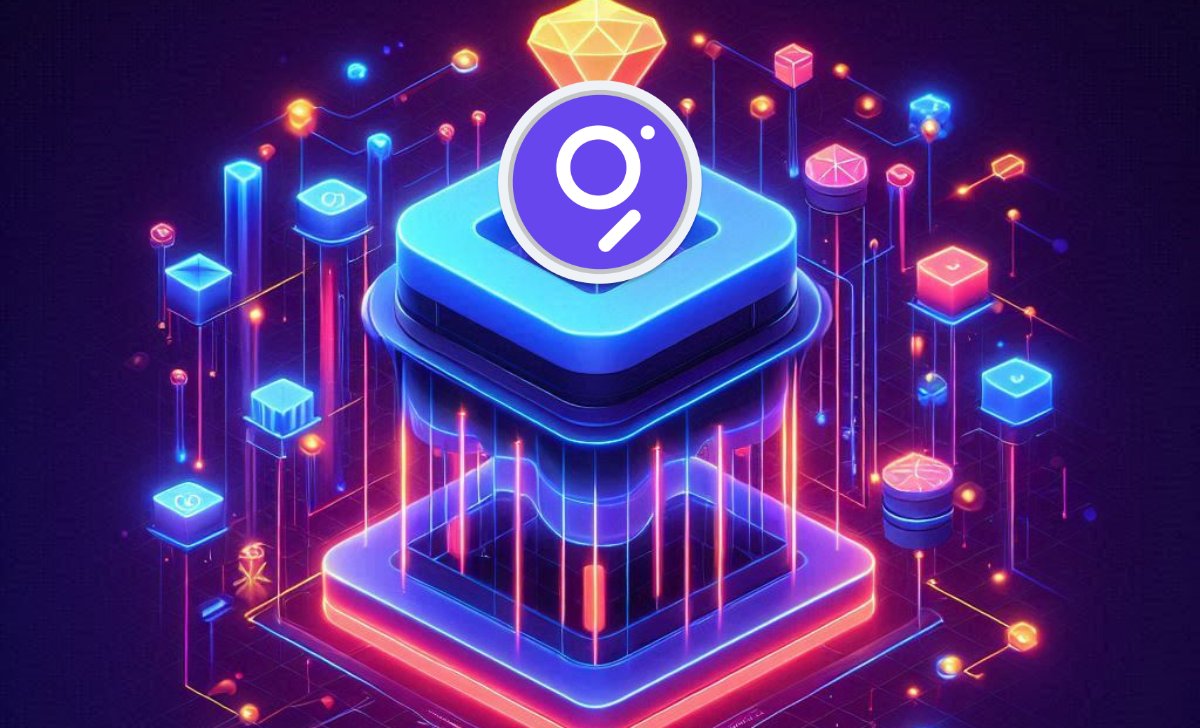
In Web2, centralized databases like MySQL or MongoDB make querying easy. However, in blockchain systems, data is stored immutably and distributed across thousands of nodes, making it difficult to access quickly and reliably.
This is where The Graph becomes indispensable. It enables real-time, tamper-proof data retrieval for decentralized apps — from DeFi dashboards and NFT marketplaces to DAO governance platforms.
According to CoinDesk (2023), developers using The Graph can reduce development time by up to 70%, thanks to pre-indexed and structured data. Moreover, it ensures that the data accessed is decentralized, eliminating the risk of centralized failures or censorship.
As Web3 adoption accelerates, The Graph will likely become as essential to dApps as SQL is to Web2 apps.
That leads us to explore the diverse and expanding ecosystem powered by The Graph. Find out more in the next section!
The Graph Ecosystem & Use Cases
The Graph has been widely adopted across DeFi, NFT, and Web3 social projects.
- Uniswap, one of the largest DEXs on Ethereum, uses The Graph for fetching liquidity pool data.
- Decentraland, a virtual real estate metaverse, uses it to serve in-game NFT data.
- Livepeer, a decentralized video infrastructure, integrates The Graph to track on-chain performance.
According to The Graph Foundation (2024), the protocol has indexed over 800 billion blockchain records to date, powering more than 20 billion queries per month. This growing scale reflects real-world utility.
As use cases grow, understanding the token powering the protocol — GRT — is vital for anyone looking to engage with the ecosystem. Let’s explore that in the next section!
Basic Information About GRT Token
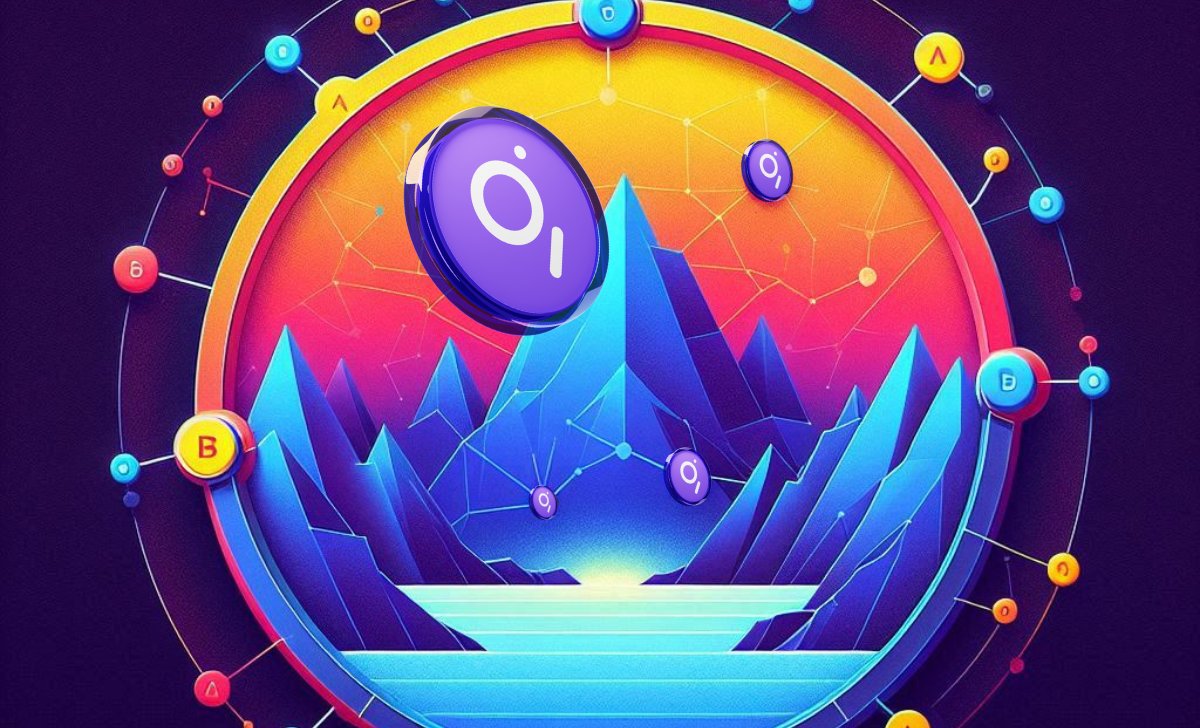
The native token of The Graph, GRT, serves multiple functions within the protocol:
- Payment for data queries by consumers
- Incentive mechanism for Indexers, Curators, and Delegators
- Governance voting for network upgrades
Let’s break down the tokenomics of GRT in more detail.
GRT Token Key Metrics
- Token Name: The Graph (GRT)
- Ticker: GRT
- Blockchain: Ethereum
- Token Type: Utility
- Token Standard: ERC-20
- Total Supply: 10 billion GRT
- Circulating Supply: ~9 billion (as of 2025)
- Market Cap: ~$1.2 billion (CoinMarketCap, 2025)
- Initial Price: $0.03 during 2020 token sale
GRT is inflationary, with a dynamic issuance rate that is offset by a query fee-burning mechanism. This design helps control token supply based on usage.
GRT Token Allocation
According to The Graph Token Economics Whitepaper (2021), GRT was distributed as follows:
- 17% to early backers
- 20% to The Graph Foundation
- 23% to edge & node (core developers)
- 6% to advisors
- 34% reserved for community and ecosystem development
This allocation demonstrates a strong focus on decentralization and community-led growth.
Now that you’re familiar with the token, let’s explore how to get started with buying and storing it safely in the next section!
How to Buy and Store GRT Token
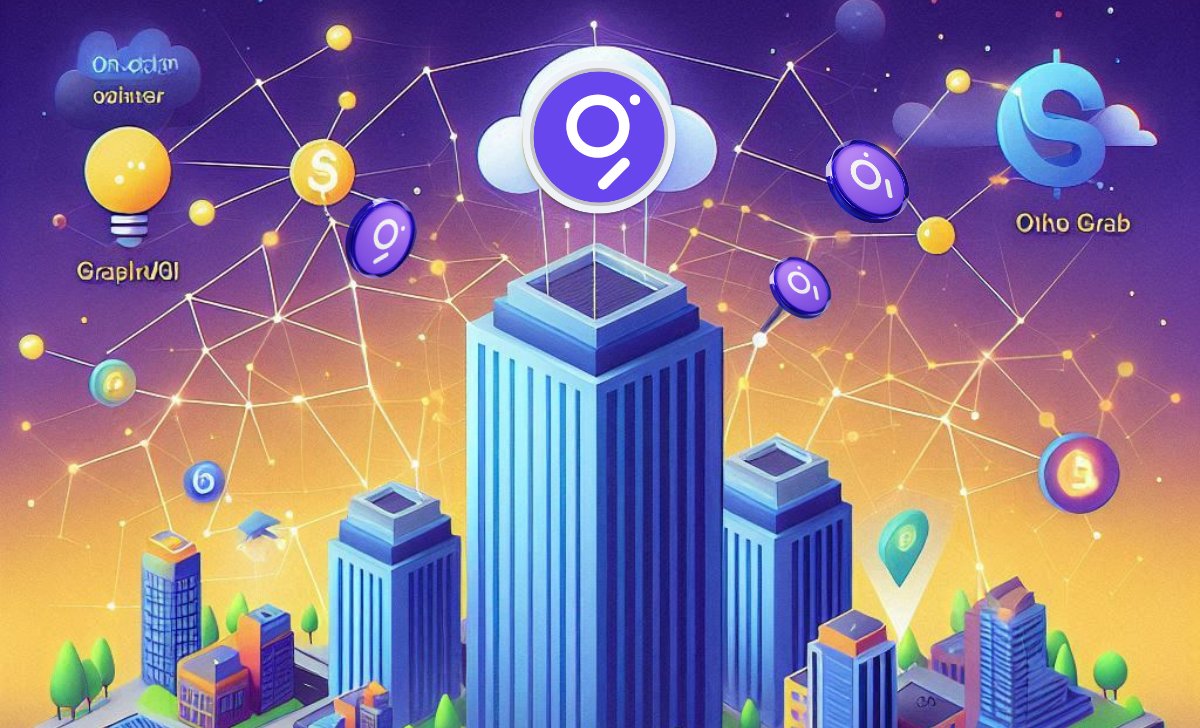
Buying and storing GRT coins is straightforward thanks to its ERC-20 standard and wide support across major exchanges and wallets. Whether you’re an investor or a developer building on Web3, securely managing GRT is essential — especially as it becomes part of many lists highlighting the Best Crypto to Buy Now for long-term potential.
Where to Buy and Sell GRT Token?
You can purchase GRT tokens on various leading centralized and decentralized exchanges. Among the most trusted platforms are:
- Binance: One of the world’s largest crypto exchanges by volume. GRT trading pairs include GRT/USDT, GRT/BTC, and more (Binance.com, 2025).
- Coinbase: A US-regulated exchange, suitable for beginners and institutional investors alike. GRT has been available on Coinbase since late 2020 (Coinbase Blog, 2020).
- Kraken: Known for its strong security protocols and wide token support.
- Uniswap: A leading decentralized exchange (DEX) on Ethereum, where you can swap ETH or stablecoins directly for GRT without needing a third party.
These platforms provide liquidity, real-time pricing, and security features to facilitate the buying and selling of GRT efficiently.
Where to Store GRT Token?
Once you buy GRT like Arkham Coin, it’s best to store it in a secure wallet that lets you control your private keys. Depending on your usage needs, you can choose between hardware, software, or multi-chain wallets.
Hardware Wallets (Best for Long-Term Storage):
- Ledger Nano S/X: These wallets offer offline storage and full ERC-20 support, making them ideal for secure, long-term GRT storage (Ledger.com, 2025).
- Trezor: Known for its strong reputation in crypto space, Trezor provides a secure way to store GRT away from online threats.
Software Wallets (Convenient for Daily Use):
- MetaMask: A widely-used browser and mobile wallet that supports Ethereum assets like GRT, popular among dApp users and developers.
- Trust Wallet: Acquired by Binance, this mobile-friendly wallet allows for simple GRT storage and access to thousands of other tokens.
Multi-Chain Wallets:
- SafePal: Combines mobile convenience with hardware-level security, supporting GRT and cross-chain tokens.
- Atomic Wallet: A non-custodial wallet offering multi-chain asset management with private key control, ideal for holding GRT securely.
According to Investopedia (2024), using hardware wallets significantly reduces the risk of hacks and phishing attacks compared to keeping funds on exchanges. For active traders, however, storing small amounts on exchange wallets with 2FA enabled may be acceptable.
Now the question many investors ask is — is GRT a good investment project? Details will be revealed in the content below!
Is GRT Token a Good Investment Project?
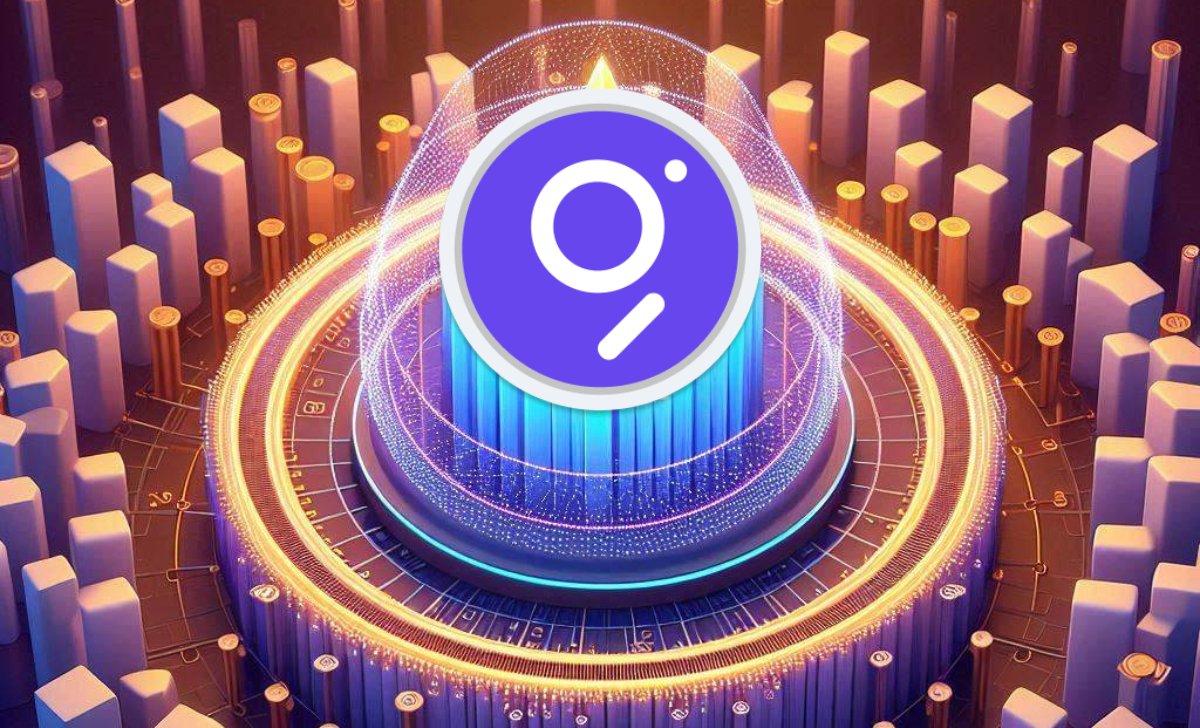
Like all crypto assets, GRT comes with risks — market volatility, competition, and protocol upgrades. However, its long-term utility as Web3’s data layer gives it a strong fundamental value proposition.
According to Nasdaq.com (2023), analysts consider The Graph a “core infrastructure play” for Web3, similar to how Amazon Web Services (AWS) powers Web2.
In 2025, the growing demand for data accessibility across chains and dApps supports potential growth in GRT adoption and valuation. Still, investors should weigh:
- The token’s inflationary design
- Regulatory landscapes
- Ecosystem competition (e.g., Covalent, SubQuery)
That said, GRT’s real-world usage, developer adoption, and governance evolution position it as a long-term strategic investment rather than a quick speculative bet.
In conclusion, The Graph is transforming how we access and organize blockchain data, making it essential for the future of Web3. We hope this guide helped you understand how The Graph works, its token utility, and its role in decentralized ecosystems. Don’t forget to follow TopCoin9 for the latest insights into blockchain and crypto trends.

Ethan Carter, a seasoned crypto analyst with 7+ years of experience, has a deep understanding of market trends, DeFi, and blockchain technologies. His expert insights and market forecasts have helped thousands of traders and investors make informed decisions.
Email: [email protected]
